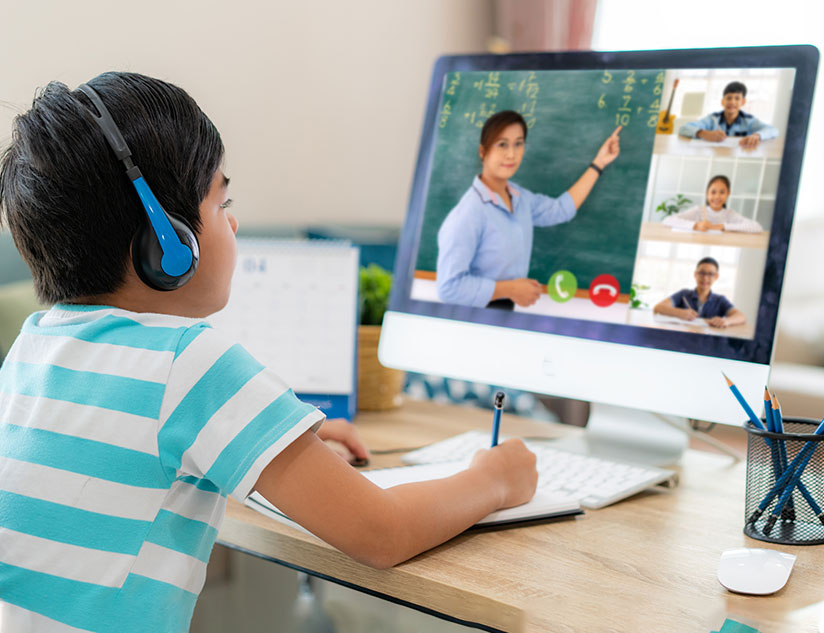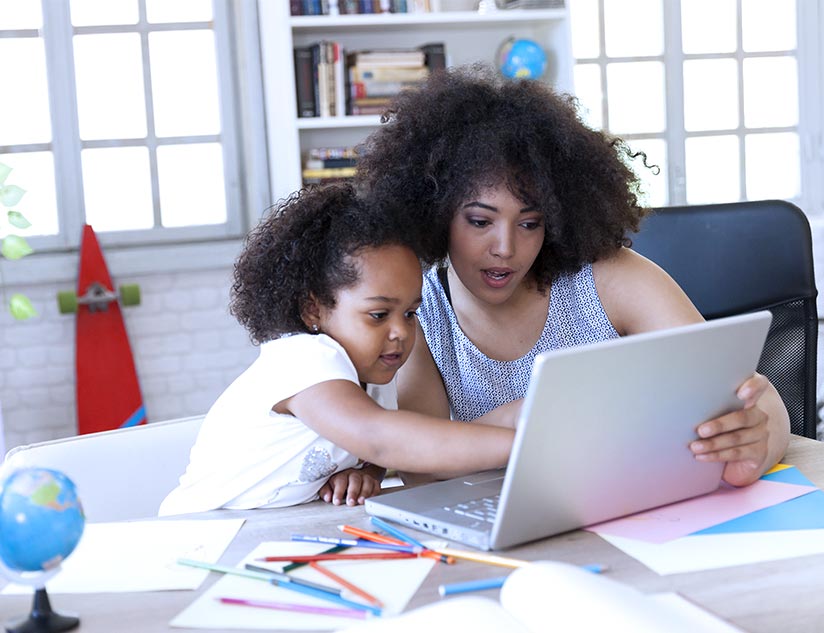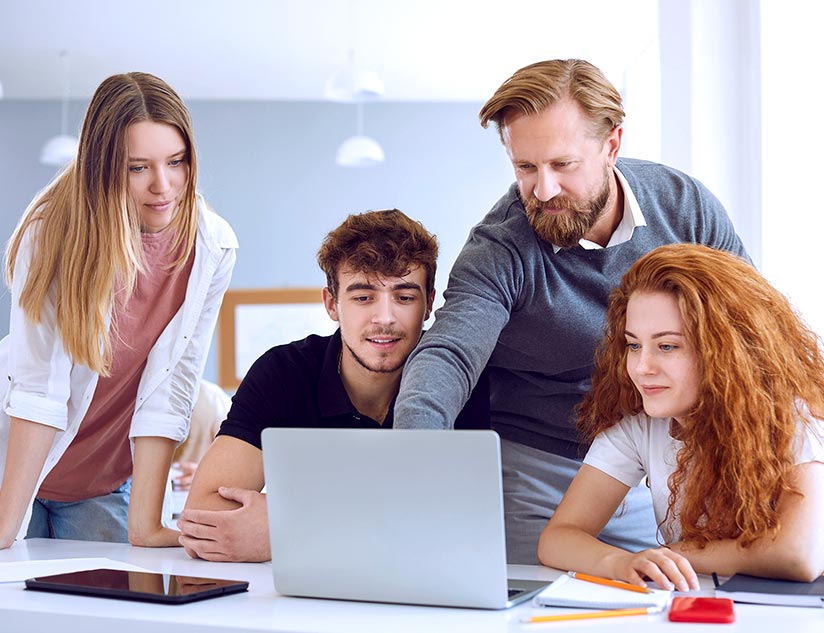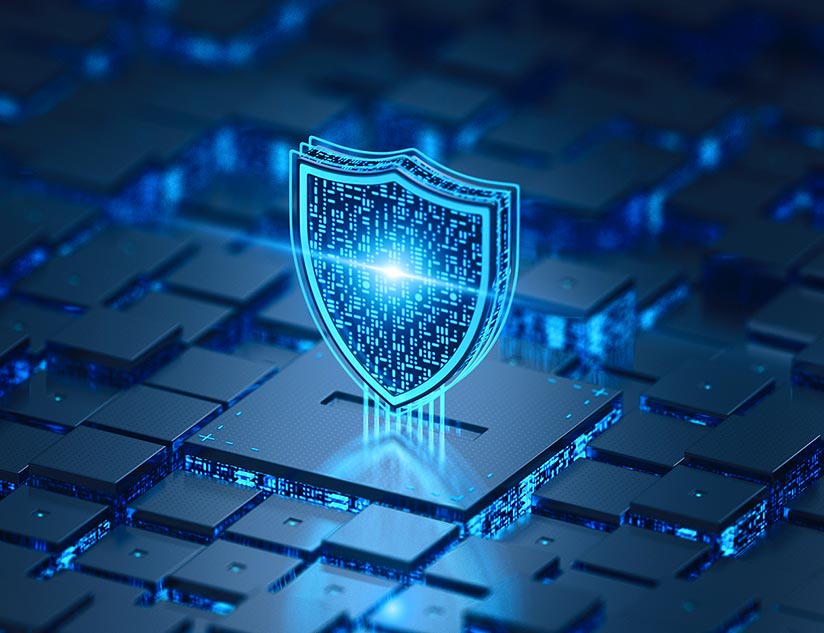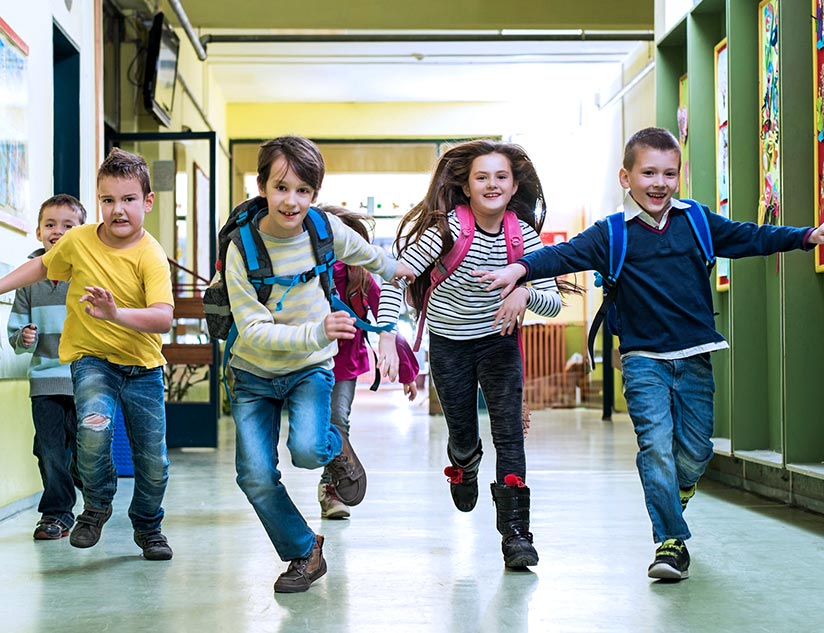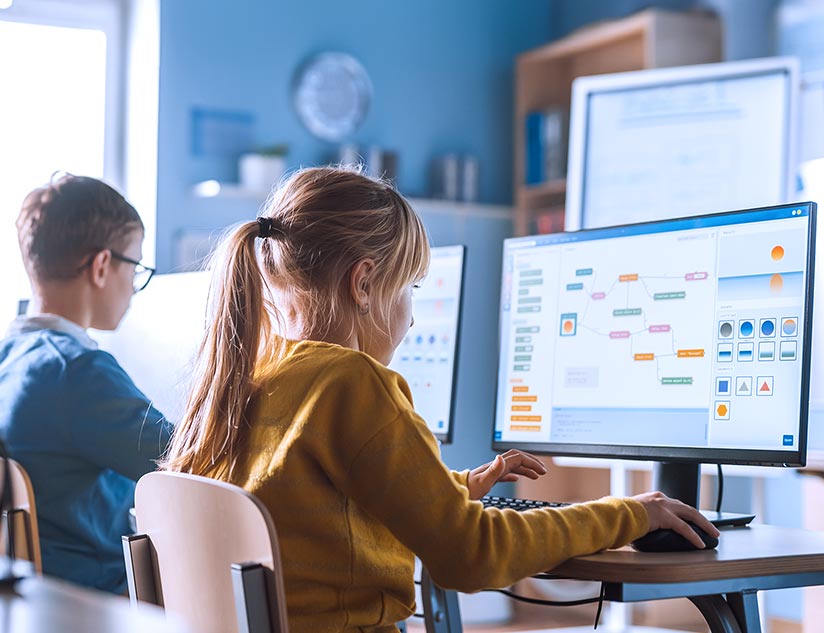The coronavirus pandemic has tested all parts of our society, including our education system. The COVID-19 outbreak forced millions of American students out of schools, restricted to their homes. On the other hand, schools need to pursue remote and online learning solutions to tackle the rapidly spreading virus’s effects.
However, the problems that many teachers and educational institutions face in America comes from a lack of adequate knowledge and experience of implementing remote learning.
What You Need for Effective Remote Learning
As the name suggests, remote learning allows students to continue their education outside the classroom’s four walls. In general, remote teaching or learning involves providing lessons using video conferencing apps or learning management systems. But for remote learning to be effective, it needs much more than that. Here are some of the features of effective remote classrooms:
1. Robust Assessments
The education process does not end at teaching concepts. The other vital aspect of efficient education is robust assessments. Assessments need to be quick, detailed, and personalized. Each student should know the areas they need to work on and where they are strong. These assessments are great for teachers and allow teachers to reflect on making their lessons more impactful and helping students who need greater support from them.
2. Engaging Learning Experiences
Remote learning is not limited to reading page after page of text or going through the teacher’s lessons doing what they would do in the classroom, except in video form. Online learning gives teachers and educational institutions the ability to make learning interactive and engaging, even for those who find it hard to stay focused through the entire lesson.
Learning management platforms include interactive and gaming elements in learning, such as audio, video, infographics, and puzzles. Use of interactivities can even turn subjects that once evoked dread among students (yes, we are talking about math), fun. Research shows that for 67% of the students, courses with gaming elements are more motivating.
3. Accessible Learning
When the mode of imparting education changes, there needs to be a particular focus to ensure that it remains accessible to students with various disabilities. Features such as text to speech, subtitles, and more must be available for such students. Educational institutions follow the WCAG guidelines to ensure smooth delivery of education for everyone. The use of gaming features is helpful for those with ADHD and disruptive behavior.
4. Flexible Learning
Remote learning offers the opportunity for students to learn at any time they feel comfortable or want to. Students should access their lessons before going to bed, whether they are learning while traveling or when the interest awakens.
Strategies to Improve Learning Outcomes for Remote Learning
Knowing you need remote learning is the easy part; implementing it can prove to be complicated. Here are some strategies that can help improve learning outcomes in remote education:
1. Know the Platform
Remote learning generally involves the use of some online learning platform to facilitate delivery education. It can be video conferencing apps, audio communication tools, or learning management systems. The more familiar a teacher is with the platform and tools they are using, the better they would be to use them effectively to help students.
Teachers can become acquainted with the tools by going through videos or online forums or getting trained on the platform. There also are remote learning communities and webinars that can help. Teachers who might be unfamiliar with education technology might need more support, without feeling embarrassed about it.
2. Use a Variety of Tools
It is important to remember that remote classrooms aren’t just lectures via the online mode. The best online teachers use various resources and teaching styles to evoke interest and excitement among students and make education more engaging. Sticking to only slide share and text doesn’t work anymore. We need to use interactive videos, infographics, audio clips, or even better, gaming elements to motivate students.
Apart from making it enjoyable, using such tools also allows microlearning opportunities where information is available in small, bite-sized pieces. Microlearning helps understand concepts faster and also retain information better. Plus, such digestible nuggets can help introduce, summarize, or revise concepts.
Also, the use of various tools and features becomes incredibly easy, with a robust digital learning platform. Educational institutions don’t even need to spend hours preparing online lessons. With the help of such learning platforms, learning content can be created and updated with just a few clicks.
3. Get the Whole Team Involved
Even a teacher who has taught a course dozens of times might find it challenging to teach in a remote classroom format in the beginning. Therefore, schools need to offer them the necessary support. Making use of advanced learning management systems can also be used here to shorten the learning curve.
4. Make Use of Multimedia Assessments
Multimedia is not restricted only to learning content. It can also be used in assessments. Multimedia puzzles and quizzes, along with the use of leader boards, can make assessments engaging and motivating for students. It also adds a bit of healthy competition among students, which is otherwise difficult in distance learning.
5. Use Analytics
Data analytics offers a vast amount of information for educational institutions and publishers. Analytics can provide critical insights into learning and content consumption patterns, what types of content are most preferred, and which ones lead to most effective learning. Such information can be used to fine-tune learning content to make it more effective. It also helps teachers know how each student is progressing. They can also tell if a student needs special attention on a particular subject.
Apart from all this, it is also vital that teachers communicate and collaborate. There could often be a role reversal in a remote classroom setting, with younger teachers helping out senior ones with technology. Teachers could share resources online or share websites with useful information with each other. Communication between teachers, students, and parents is also essential at the K-12 level. With a robust online learning platform, such communication becomes easier too.
In the end, regardless of coronavirus or the need for social distancing, the student of the future is likely to be more inclined towards remote or distance learning, delivered with the use of the latest ed-tech solutions. It is time for the education system to gear up for such a future.

